Family Builds a Tiny House for Mortgage Free Future
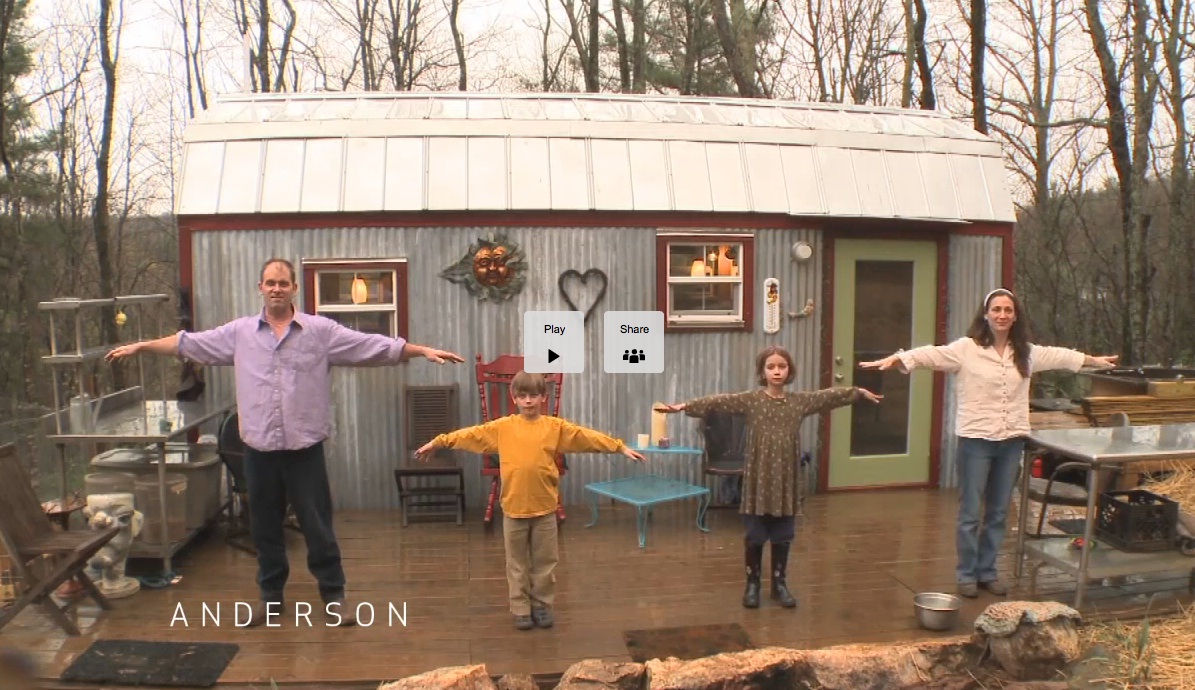

Anderson Cooper has a great story scheduled for Monday April 9, 2012 about a family that is rebuilding their lives by leveraging tiny house living.
Carl and Hari were restaurant owners in 2008 when the recession hit. Like so many small business owners they lost their home when their business failed. Extreme times call for extreme measures so they built a tiny home for $12,000 as a stepping stone to a mortgage-free future. Eventually they plan to build a larger (yet still small) home when they’ve saved enough money. In the mean time they avoid rent and high energy bills. Their overall consumption is also limited by the physical size of their home – saving them more money.
In 2007-2008 many of us found ourselves trapped in upside-down mortgages or in foreclosure. We had grown complacent and convinced that home ownership came with few risks. Now that the bubble has popped and has little possibility for re-inflation, we now understand the true value of paying our dues up-front instead of mortgaging our futures.
By sharing their story on television, Carl and Hari are showing the world an option the majority may have not considered – an option that values frugality, saving, and financial freedom. If you’re feeling the financial pinch yourself, consider extreme downsizing and living simply.
In my book, Tiny House Floor Plans, I show many examples of tiny houses just like this one. I also just finished a house plan for an 8′ x 20′ tiny house on wheels, which is just one foot shorter than the house pictured below.
You can follow these folks at TinyHouseFamily.com.
Read more about this family at AndersonCooper.com. Photo credit AndersonCooper.com.

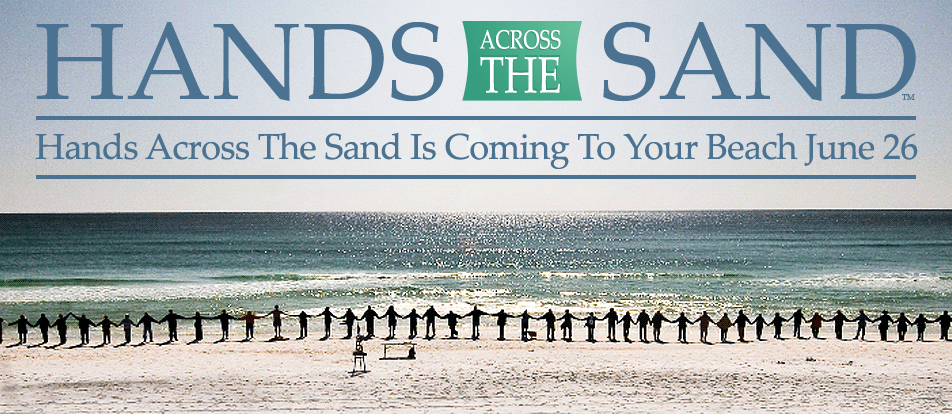
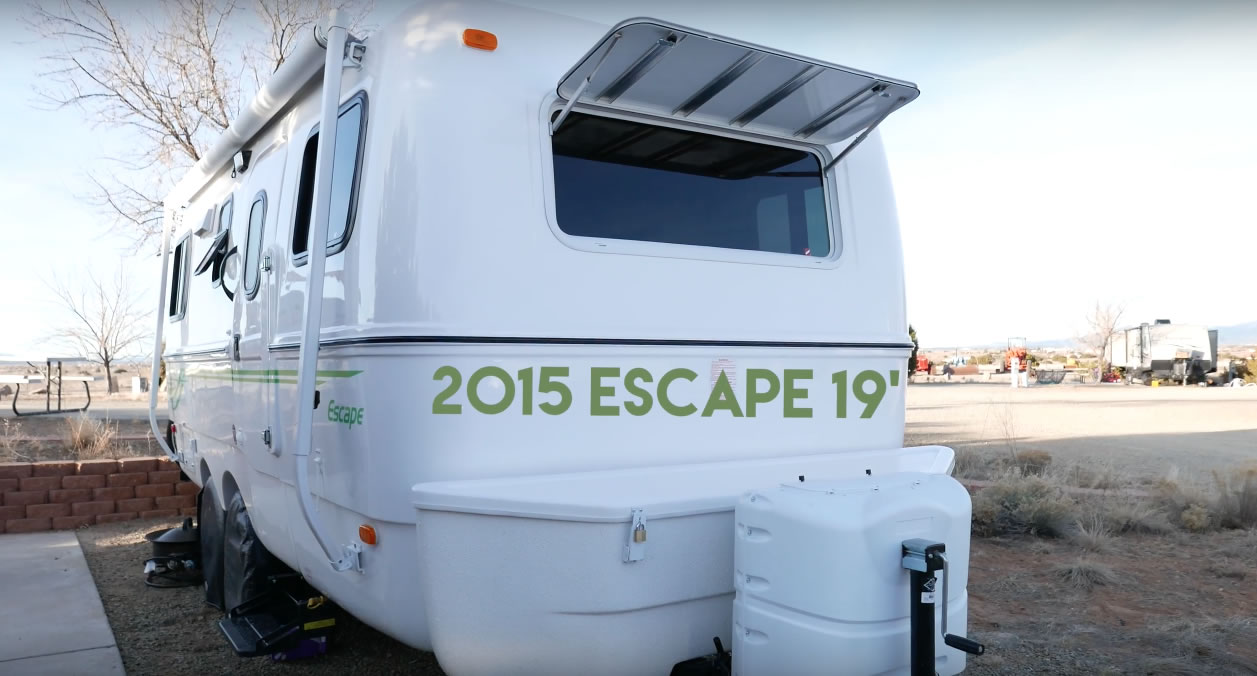

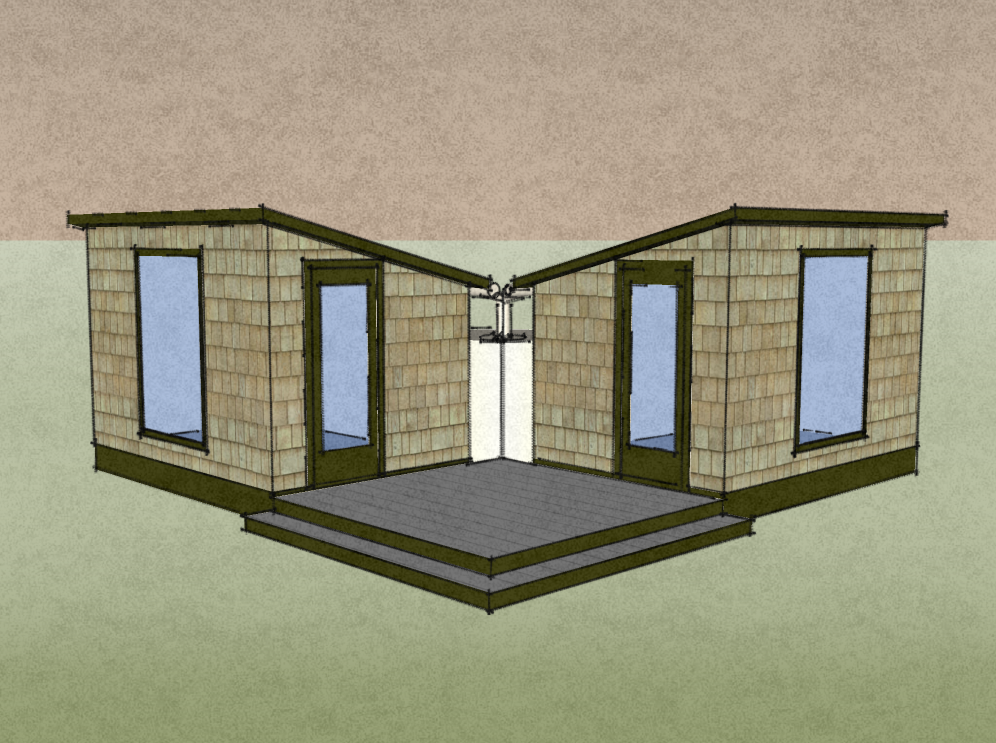
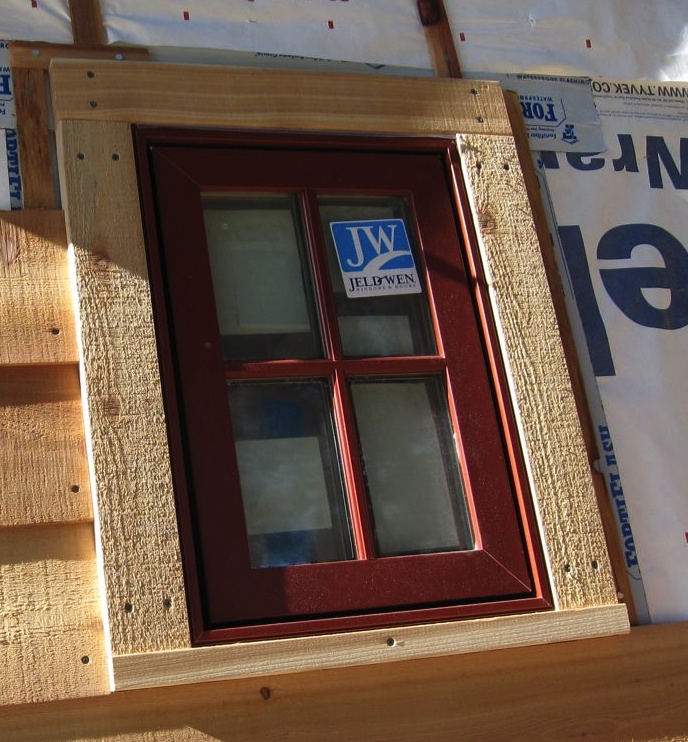
I wonder how many areas have building codes that would allow for this? Seems it would be a viable option for families in this struggling economy.
This seems to be a good solution, however I am left with a lot of questions unanswered. Where is this? Did they have money to buy land in a place that did not have building size restrictions? If so, what was the additional cost on top of the $12,000? Or is this a friend’s or family member’s land on which they were allowed to build? This looks fairly remote. How did they get electricity and water connections? Was that hook-up/service cost included in the $12,000, as well?
How does one raise $12,000 to build mortgage-free? It can be difficult to get this much together. Most people don’t have this amount of cash, especially if their home has been foreclosed. Even if you wanted to borrow the money for a short-term, banks won’t loan on a house this small.
-Thanks
Very astute points.
It’s actually 2 miles outside of the big town they originally lived in. Since they are saving to build an “acceptable” size home, build regulations weren’t strickly enforced. They do have a blog, google it, Hali really lets you know everything.
Not many areas I would think.
Where I live I was told I could build any size house I wanted but it had to follow code and if so I’m not sure the house could be that small if I followed code.
Room sizes are moderated but I need to try and ‘translate’ the code again… do they make it purposely hard to understand?
i wish this article *had* identified the state. I did read about some tinyhousers who are building outside of albuquerque. I’ve stated elsewhere that my general belief is the further you get from urban centers, the fewer regulations you will generally encounter. CA and MA are highly regulated states so forget them. Rural Maine, possibly parts of NH, WY, MT, CO are some states I plan to check out (maybe Kansas too) if you don’t mind the cold. Even in rural NH or Maine though property is not cheap from what I’ve seen. The interior SW and SE states seems to be the most reasonable costs (again in rural areas) and rural areas in general are in my experience the least oppressive. Louisiana and Mississippi may have good values, also. Employment of course may be another issue. I’m unemployed and would prefer to remain so (homestead).
things to consider in rural property; water, power, heating and cooling, septic, road access. How will you handle each or what are your needs?
Their house is in Virginia. We have a tiny ‘second home’ -12’x16′ in the VA. mountains. We have a wood stove, an electric wall heater, a wall unit air conditioner, a small fridge, and a land line phone, which is a necessity for my husband’s business. The electric bill is $15.00 a month. Our cedar sided house, built to spec, cost us $4000 fourteen years ago. And the size of our main home? It is small too, compared to most – 1450 square feet.